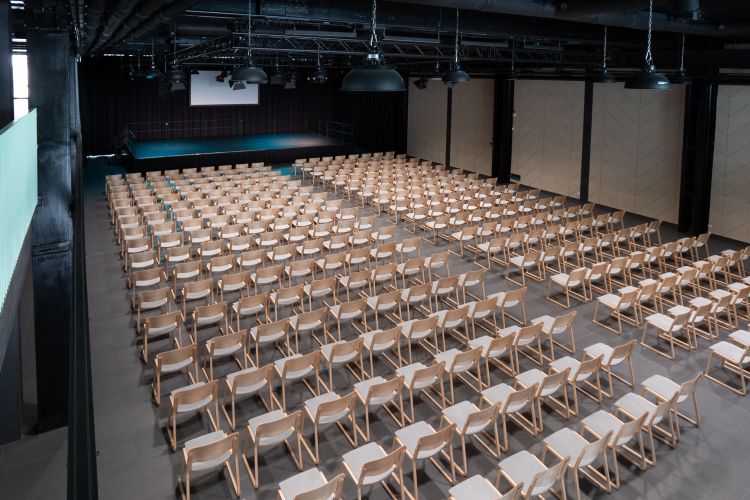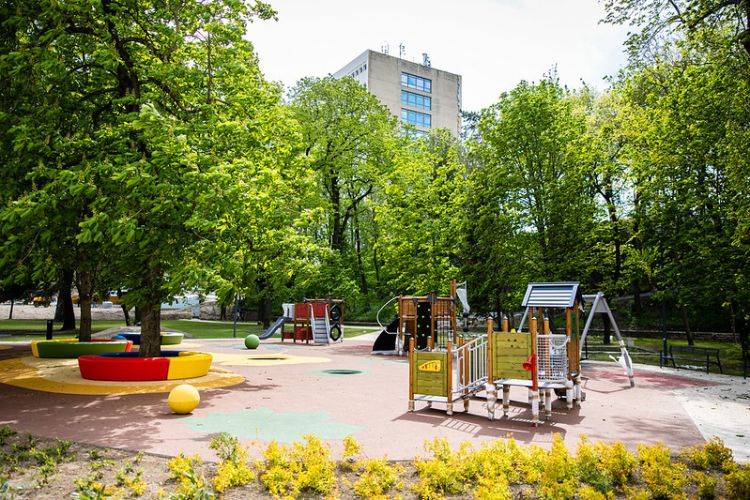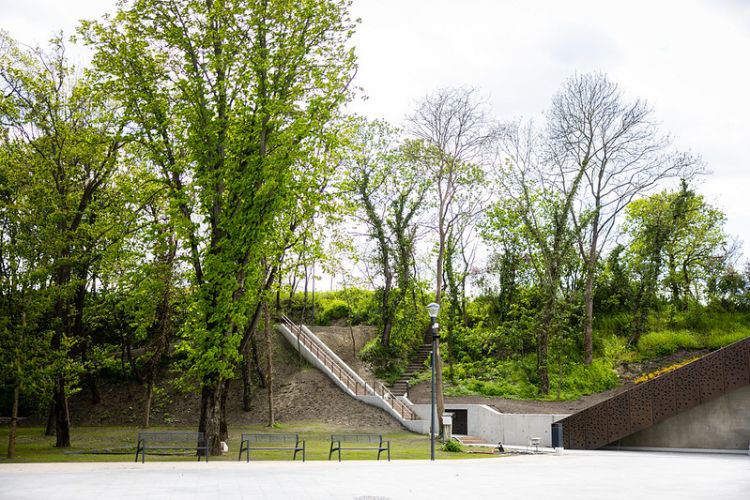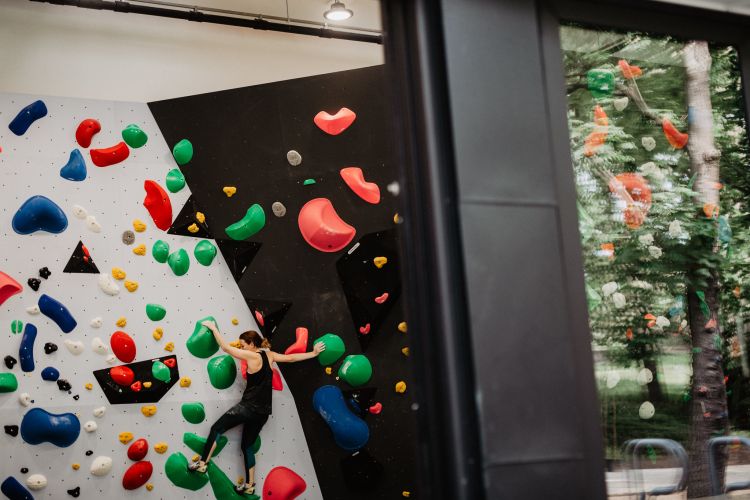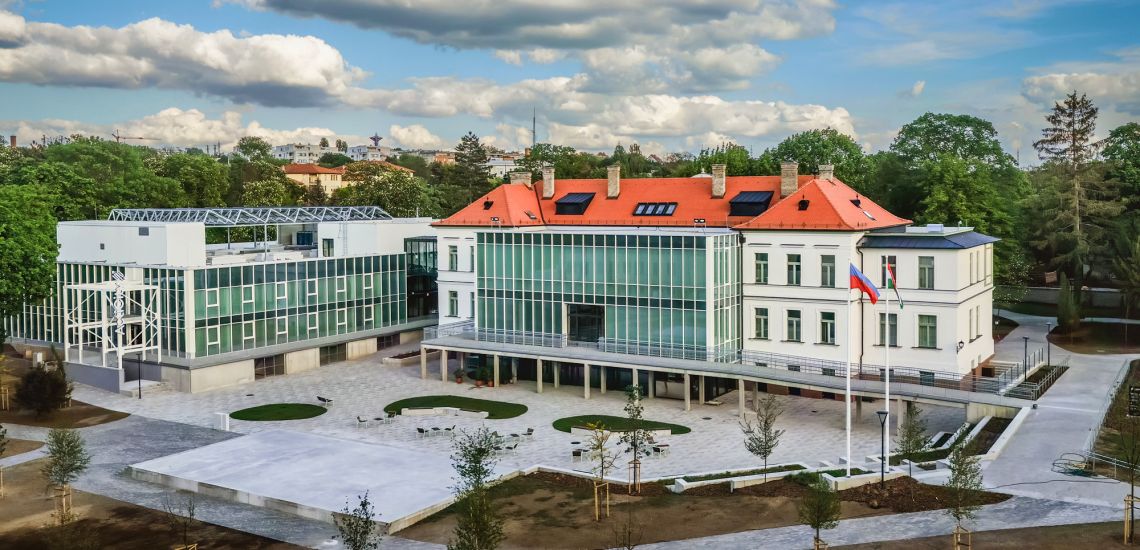
The building has a total of 12 rehearsal rooms, a wall climbing course suitable for competitions, an event hall able to host hundreds of guests, a restaurant and a café.
At Acticity, children are looked after in a themed childcare while parents dance or exercise, or parents can work comfortably at communal workstations in a separate room while their child attends a ballet or folk dance class.
On one side of the site, there is a park with an ancient forest and right next to that there is a petanque court for the city's successful competitors. The English-style park next to the building offers families a peaceful place for leisure time, connected by a green corridor to the other jewel of downtown Veszprém, the Elisabeth Promenade.
Covering a total of 13.5 thousand square metres, the complex's outdoor event space can accommodate 1500 people.
Next to Acticity there is a three-storey car park with 154 parking spaces, 6 of which are for disabled parking and 4 are electric charging stations.
The building, originally intended to serve as a children's home, opened its doors in 1904. Its true story, however, began in 1901, when Kálmán Széll was Minister of the Interior. At that time, a law was passed declaring that the state must take greater responsibility for the care of orphaned children.
This law paved the way for the construction of the Royal Hungarian State Children's Shelter in Veszprém. The land was donated to the state by Baron Károly Hornig, Bishop of Veszprém, at the edge of what is now Erzsébet Park.
The building was designed by Miklós Ybl and his nephew Lajos Ybl, and constructed under the supervision of Veszprém-based master builder Kálmán Csomay. The children's home finally opened in 1904, equipped with what was considered modern technology at the time, including electric lighting. Its first director was József Cseresnyés. His name is commemorated on a marble plaque above the entrance, bearing an inscription that refers to the building’s original purpose: “Built in the name of eternal human compassion…”
Children arrived at the institution not only from Veszprém, but also from Fejér, Győr, and Komárom counties. Initially, 1,100 children were cared for, and by 1912, this number had risen to 4,155.
The Second World War left its mark on the institution and the building. Many mothers and children fleeing the front found refuge here. Although Soviet bombs struck the building and completely destroyed its roof structure, the wards and much of the interior remained intact. This was not the case for the children's ward of the city hospital, which was completely destroyed during an air raid, leading to its relocation to the children's home in 1945.
After the war, the building's healthcare function remained its primary role. A temporary children's home operated in a building across the street, while the original institution was reorganized to serve both healthcare and educational purposes.
In this new form, the institution reopened in 1954 as the Heim Pál County Children's Hospital, with significant state support. At that time, 154 beds were available for treating young patients. Children continued to receive care in the building until 1995.
